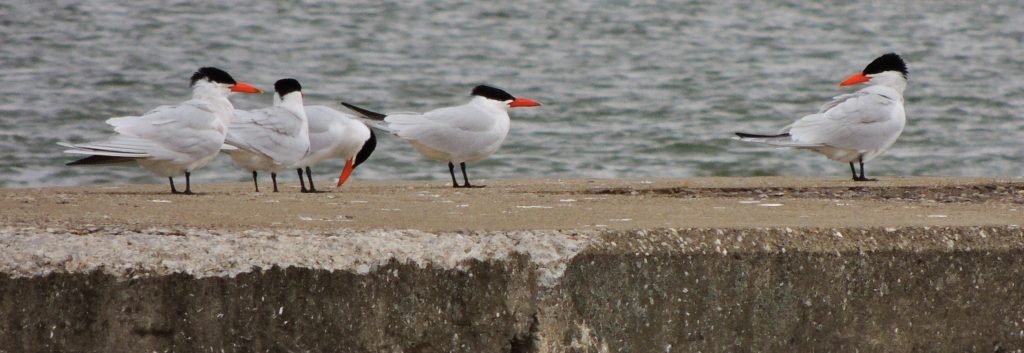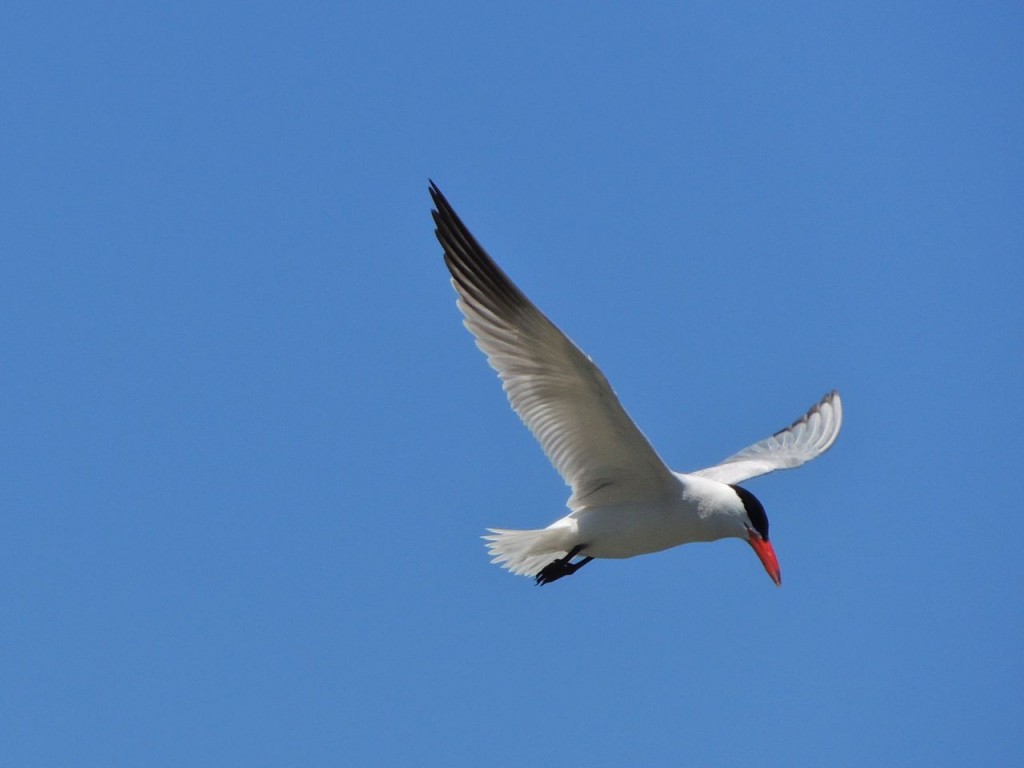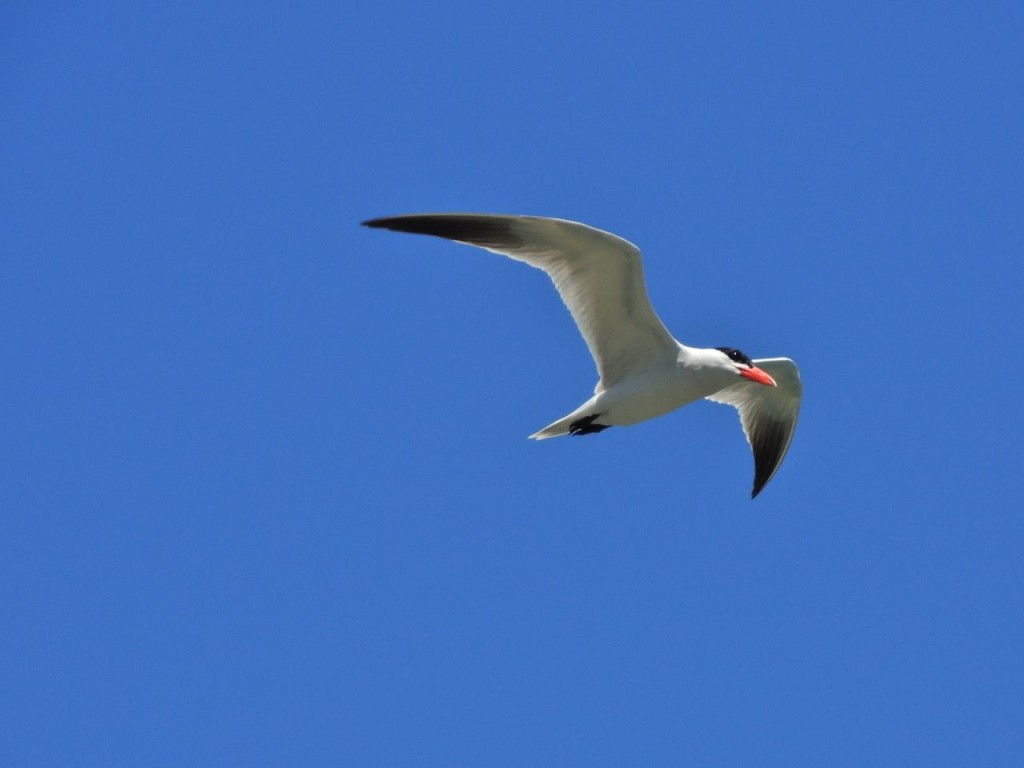 Princess Point, Hamilton. ON. April 10, 2024. At the right time and place you can watch migration happen, literally on the fly, but most of it goes unseen. Overnight they move, flying hundreds of miles while you sleep. They’re there to greet you next morning; it happened to me today, the greeting that is not the flying.
Princess Point, Hamilton. ON. April 10, 2024. At the right time and place you can watch migration happen, literally on the fly, but most of it goes unseen. Overnight they move, flying hundreds of miles while you sleep. They’re there to greet you next morning; it happened to me today, the greeting that is not the flying.
I had a transect to do this morning. It’s one of the best, following trails along a lake edge, crossing some open grasslands and leading up through a hardwood forest. It can be, usually is, very bird-rich. And being mid-April the world was alive with the press of new life, everything in its finest courtship colours.
Moments out of the car I went to count all the Mute Swans I could see (16) , and at glance could see about twenty Northern Shovelers and twelve Gadwall. I was furiously jotting down sightings: a pair of Mallards, Ruddy Ducks and a scattering of Buffleheads when I heard a familiar cry that I could hardly at first believe, a Caspian Tern. Back already? I wondered. But of course, it’s an easy overnight flight from the east coast for a strong flier like a Caspian Tern.
Caspian Terns are built like 1960s fighter jets: all points, hard angles and sharp wings. They have a raucous call, a loud, grating ‘CRaaHaa’. Described by Pete Dunne, one of our finest writers on the topic, as “…more nearly approximates the sound of a cat being stepped on aieee YOW.” Or, less colourfully by the National Geographic Complete Birds of North America as “rraah”. You get the idea.

Caspian Terns demand your attention; they are always dominant, frequently noisy, and indisputably handsome. The Russian name for them is Chekrava, almost onomatopoeic, the word and the bird mirror each other’s purposeful crispness. Caspian Tern occurs on all continents, breeding and/or wintering along coastlines and inland along rivers, lakes, and marshes.

You’ve probably rightly guessed that the Caspian Tern was My Bird of the Day. I know I will get tired of them by September but today they were a jolt in a full morning of great birding. For the record, among other best memories today were the songs of a Rusty Blackbird (something I don’t think I’ve ever heard before) the ‘Chewink’ note of an Eastern Towhee and the warm trill of a Pine Warbler. And lots more, actually forty-four species in two and a half hours, but Caspian Tern came out tops.